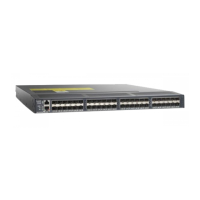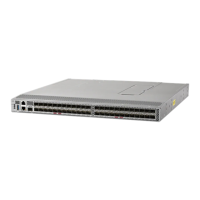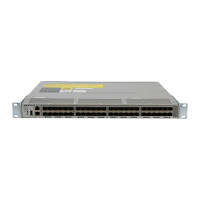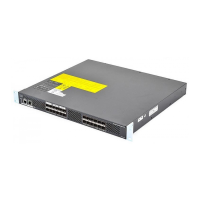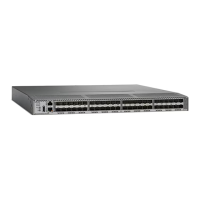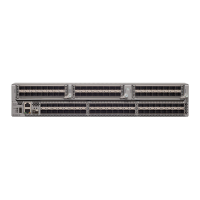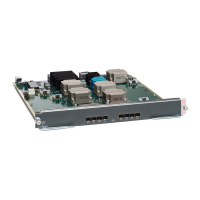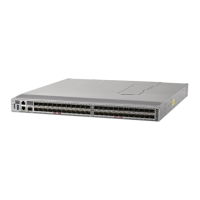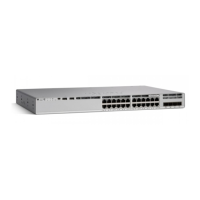Send documentation comments to mdsfeedback-doc@cisco.com
2-3
Cisco MDS 9000 Family Troubleshooting Guide, Release 3.x
OL-9285-05
Chapter 2 Troubleshooting Installs, Upgrades, and Reboots
Guidelines
• Copy the startup-config to a snapshot config in NVRAM. This step creates a backup copy of the
startup-config.
–
In Device Manager, Choose Admin > Copy Configuration and select the startupConfig radio
button for the From: field and the serverFile radio button for the To: field. Set the other fields,
and click Apply.
–
From the CLI, use the copy nvram:startup-config nvram-snapshot-config command.
• Where possible, choose to do a nondisruptive upgrade. In general, you can nondisruptively upgrade
to Cisco SAN-OS Release 3.x software from any Cisco SAN-OS software Release 2.x or later.
–
Review the upgrade table in the Cisco SAN-OS Release Notes for the version you will be
installing.
–
Use the show install all impact upgrade-image CLI command to determine if your upgrade will
be nondisruptive.
• Establish a PC serial connection to each supervisor console to record upgrade activity to a file. This
serial connection catches any error messages or problems during bootup.
• In Fabric Manager, choose Tools > Other > Software Install or click the Software Install icon on
the toolbar to use the Software Install Wizard.
• From the CLI, use the install all [{asm-sfn | kickstart | ssi | system} URL] command to run a
complete script, test the images, and verify the compatibility with the hardware. See the “Installing
Cisco SAN-OS Software from the CLI” section on page 2-11. Using the install all command offers
the following advantages:
–
You can upgrade the entire switch using the least disruptive procedure with just one command.
–
You can receive descriptive information on the intended changes to your system before you
continue with the command.
–
You have the option to cancel the command. Once the effects of the command are presented,
you can continue or cancel when you see this question (the default is no):
Do you want to continue (y/n) [n] :y
–
You can view the progress of this command on the console, Telnet, and SSH screens.
–
The image integrity is automatically checked, including the running kickstart and system
images.
–
The command performs a platform validity check to verify that a wrong image is not used. For
example, the command verifies that an MDS 9500 Series image is not used inadvertently to
upgrade an MDS 9200 Series switch.
–
After issuing the install all command, if any step in the sequence fails, the command completes
the step in progress and ends.
For example, if a switching module fails to be updated for any reason (for example, due to an
unstable fabric state), then the command sequence disruptively updates that module and ends.
In such cases, you can verify the problem on the affected switching module and upgrade the
other switching modules.
• If you run the setup script after issuing a write erase CLI command, you must set the default zone
policy for VSAN 1 after the setup script completes. In Fabric Manager, choose Fabricxx > VSAN
1 > Default Zone, select the Policies tab and set the Default Zone Behavior drop-down menu to
permit or deny. In the CLI, use the zone default-zone command.
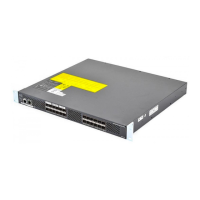
